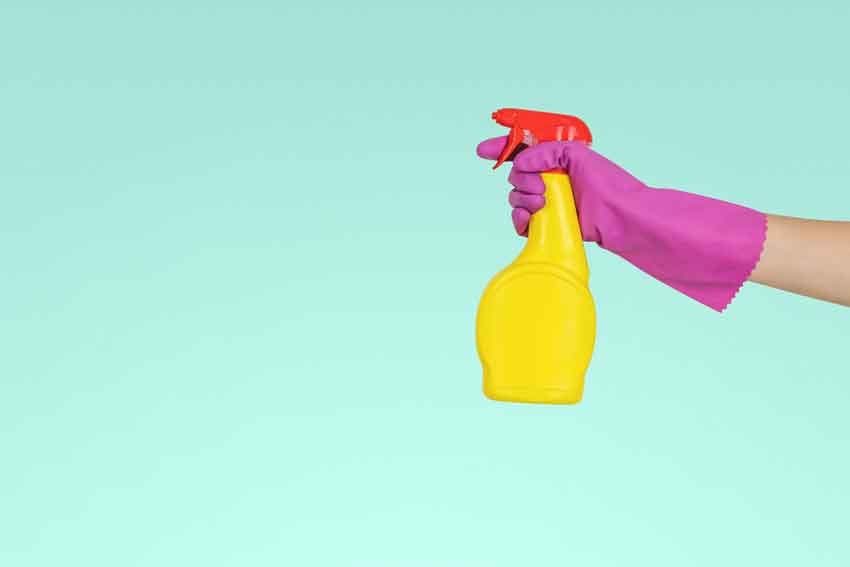Disinfecting vs Sanitizing
Disinfecting and sanitizing can be considered the same thing to some people, especially when knowing what to do during a time when a pandemic like the Coronavirus (COVID-19) is present.
The truth is, they’re different from each other. While they both have the same objective to clean and decontaminate a surface by reducing the number of germs present, one is much more reliable than the other at “killing” germs.
When to Sanitize
Sanitizing is meant to reduce the growth of bacteria, fungi, and viruses. Sanitizing is important and necessary when surfaces come into contact with food. Sanitizing is also part of most modern home appliances, like a laundry machine or dishwasher. These appliances will typically have a “sanitize” cycle included.
When to Disinfect
Disinfecting is meant to “kill” infected areas and remove microscopic organisms on surfaces. Disinfecting is meant to help stop the spread of diseases and viruses like colds and flu.
Please note that during this time, it is recommended to DISINFECT surfaces over sanitizing.
CDC Recommendations
The CDC has both recommendations for routine cleaning and disinfection of households and for cleaning and disinfecting of those households that have people isolated due to or suspected of having COVID-19.
Routine cleaning and disinfection of households involve cleaning of frequently touched surfaces such as doorknobs, handles, light switches, toilets, faucets, etc. with a household cleaner and EPA-registered disinfectant. ALWAYS follow label instructions when using a disinfectant for safe handling and application.
Cleaning and disinfecting households with people in isolated care with suspected or confirmed COVID-19 should “clean and disinfect high-touch surfaces daily” according to the CDC. This includes the areas mentioned above, as well as remote controls, desks, sinks, etc.
How to clean and disinfect
When cleaning and disinfecting surfaces:
- Wear disposable gloves.
- Discard gloves after each cleaning.
- If gloves are “reusable”, dedicate them for cleaning and disinfecting surfaces for COVID-19 and should NOT be used for anything else.
- Clean hands immediately after using gloves
- Use soap and water or detergent to clean surfaces prior to disinfecting.
- For disinfecting surfaces, the CDC states that diluted household bleach solutions, alcohol solutions of 70% alcohol, and most EPA-registered household disinfectants are effective.
- NOTE: Products with EPA-approved emerging viral pathogen claims are expected to be effective against COVID-19 based on data for harder to kill viruses. You can find the list of EPA-approved disinfectants against SARS-CoV-2, the cause of COVID-19 HERE.
- For surfaces such as rugs, carpets, drapes, and other porous surfaces, the removal of any visible contamination is recommended. Clean with appropriate cleaners indicated for the use on these surfaces. After cleaning these surfaces:
- See the manufacturer’s instructions before laundering.
- If at all possible, launder the item(s) at the warmest possible temperature and dry them completely.
- You can also use products that are EPA-approved viral pathogen claims.
- Other laundered items such as towels, clothing, and linen:
- When handling dirty laundry from an ill person, be sure to wear gloves and discard the gloves after each use.
- Clean hands immediately after discarding of the gloves.
- If no gloves are used, wash hands thoroughly after handling the laundry.
- Do not shake dirty laundry, if possible as it may allow dispersion of the virus through the air.
- Clean and disinfect any clothing and hampers according to the recommended guidance above.
- Consider a bag liner to use that is disposable
In a nutshell, sanitizing and disinfecting are different. Be sure to clean and disinfect all “high touch” surfaces every day within your home, especially if you are a suspected or confirmed case of COVID-19 and do not need to be hospitalized.


